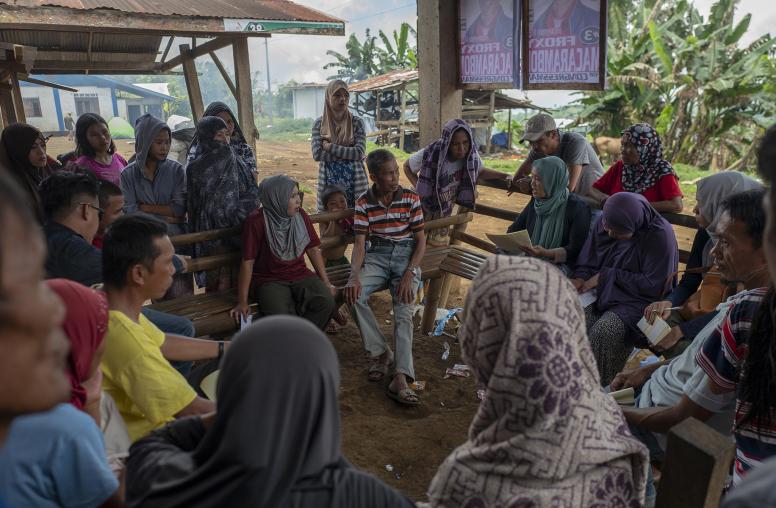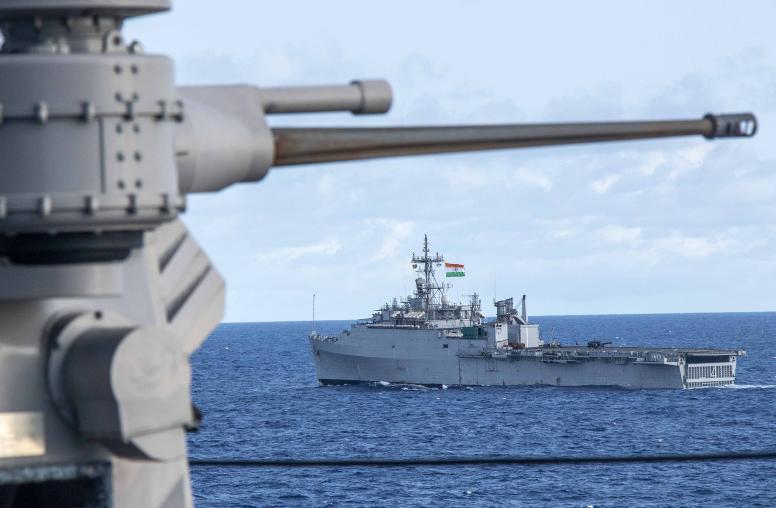USIP Disaster Reservist Supports Hurricane Response
A USIP employee, Tracey Brown, has been deployed to assist with the response to Hurricane Sandy that hit the East Coast. Brown, a USIP contracts assistant, is a Federal disaster reservist member of the Federal Emergency Management Agency’s Federal Surge Capacity Force. Her deployment will last 2-3 weeks unless the assignment is extended.
November 1, 2012
A USIP employee, Tracey Brown, has been deployed to assist with the response to Hurricane Sandy that hit the East Coast.
Brown, a USIP contracts assistant, is a Federal disaster reservist member of the Federal Emergency Management Agency’s (FEMA) Federal Surge Capacity Force (SCF). Her deployment will last 2-3 weeks unless the assignment is extended.
The SCF, mandated by the 2006 Post-Katrina Emergency Management Reform Act, provides the U.S. government the ability to rapidly expand and supplement FEMA’s workforce with extra emergency responders drawn from Federal agencies in the event of a catastrophic incident.
“USIP is pleased to support and partner with FEMA to help bring aid and assistance to the people hit by the hurricane, and we are proud of Tracey’s service to those in need,” said Jim Marshall, USIP President.




